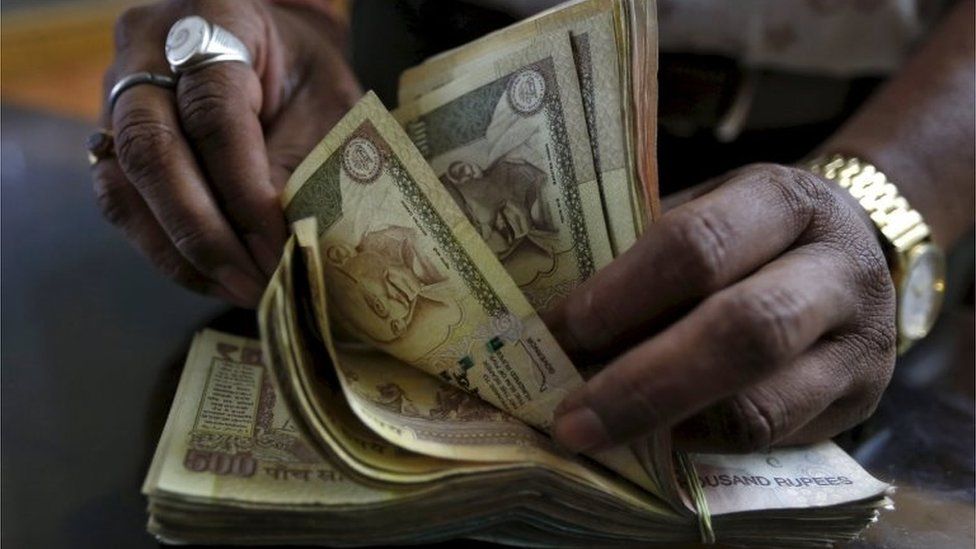
India, which is frequently hailed as the region’s growing economic giant, proudly presents itself as a country on the road to prosperity and growth. But beneath the surface of progress, there is a striking difference that presents an entirely different picture. India’s economic growth is not as extensive as it claims to be. It is tainted by obvious problems like wealth inequality, alarmingly high rates of teenage unemployment, widespread poverty, and a government that largely serves the interests of the very few.
The unequal distribution of wealth in India is one of its most obvious problems. The alarming wealth disparity in the nation, where a small section of the population amasses a disproportionate amount of money while the majority struggles with financial instability, has repeatedly been brought up in reports.
According to the CEO of Oxfam India, the richest 1% in India own an astounding 40.5% of the nation’s wealth, leaving the bottom 50% of the population with only a measly 3%. For the most vulnerable groups in society, this great wealth concentration feeds the cycle of marginalization and poverty.
Professor Himanshu of Jawaharlal Nehru University further explains; “What is particularly worrying in India’s case is that economic inequality is being added to a society that is already fractured along the lines of caste, religion, region and gender.”
Such wealth inequality has far-reaching effects. For a sizable percentage of the population, it restricts access to opportunity, healthcare, and education, widening the inequality gap. This disparity has been further widened by India’s economic policies, which frequently favor the wealthy elite, leaving the bulk of the population struggling to make ends meet.
The excessive focus on defense spending in India’s economic plan is another worrying factor. India spends significantly on military equipment and technology, ranking as the fourth-largest defense spender in the world. National security is unquestionably important, but it is concerning that defense spending is given a higher priority than social welfare.
Significant investments in healthcare, education, and social programs that could help the most disadvantaged members of society are overshadowed by the enormous sums devoted to defense.
The severe level of youth unemployment is a significant issue that India is now dealing with. Young college graduates now experience a startling 42% unemployment rate, according to the State of Working India 2023 report. This presents a dismal picture of the employment situation in the nation and highlights the ineffectiveness of measures in creating worthwhile employment prospects for young people.
Many young Indians are compelled to work in low-paying occupations or in unstable self-employment, which makes it difficult for them to establish a secure and affluent future. The nation’s overall economic stability as well as individual livelihoods are at risk due to the nation’s high young unemployment rate.
India’s claim to economic progress is contested by the country’s widespread poverty. A startling 230 million of the 389 million poor people in South Asia, according to the United Nations Development Programme (UNDP), are from India. These figures raise important concerns regarding the nation’s actual economic development and the efficacy of its programs to combat poverty.
Despite India’s assertions of economic progress, a troubling tendency can be seen in the country’s falling HDI ranking. India is currently ranked 132nd out of 191 countries in the UN Human Development Index, a steady fall since 2020, according to the UN. This drop is a sign of the nation’s continuing social and economic development issues.
Disparities in healthcare and education are just two of the reasons contributing to the reduction in Human Development Index (HDI). Indicators of India’s human development—which include health, education, and average income—have gotten worse for two years in a row, reversing five years of advancement.
This reversal highlights the urgent requirement for thorough policy changes that give the welfare of all residents first priority.
The agriculture sector, which is sometimes regarded as the foundation of India’s economy, faces numerous difficulties that cannot be disregarded. The inadequacy of announced agricultural reforms is revealed by the high rate of farmer suicide, especially in areas like Maharashtra, and the unfavorable effects of government policies on small landholder farmers.
The violent demonstrations, like the “Tractor Rallies” in Punjab and Ludhiana, are a defiant reaction to agricultural policies that are dominated by the elite. These protests are a reflection of farmers’ resolve to stand up for their rights and call for a more just agricultural system that protects their means of subsistence.
In conclusion, behind the pomp and show of the so-called rising India, the harsh realities expose a deplorable state of affairs for its people. From unequal distribution of wealth to a growing ratio of youth unemployment and widespread poverty, coupled with the unjust treatment of the lower class, the true condition of India’s citizens reveals the dark side of Indian economic marvels.
—The author frequently contributes to issues concerning national and regional security, focusing on matters having a critical impact on these milieus. She can be reached at omayaimen333@gmail.com.
Courtesy by Omay Aimen – Pakistan Observer
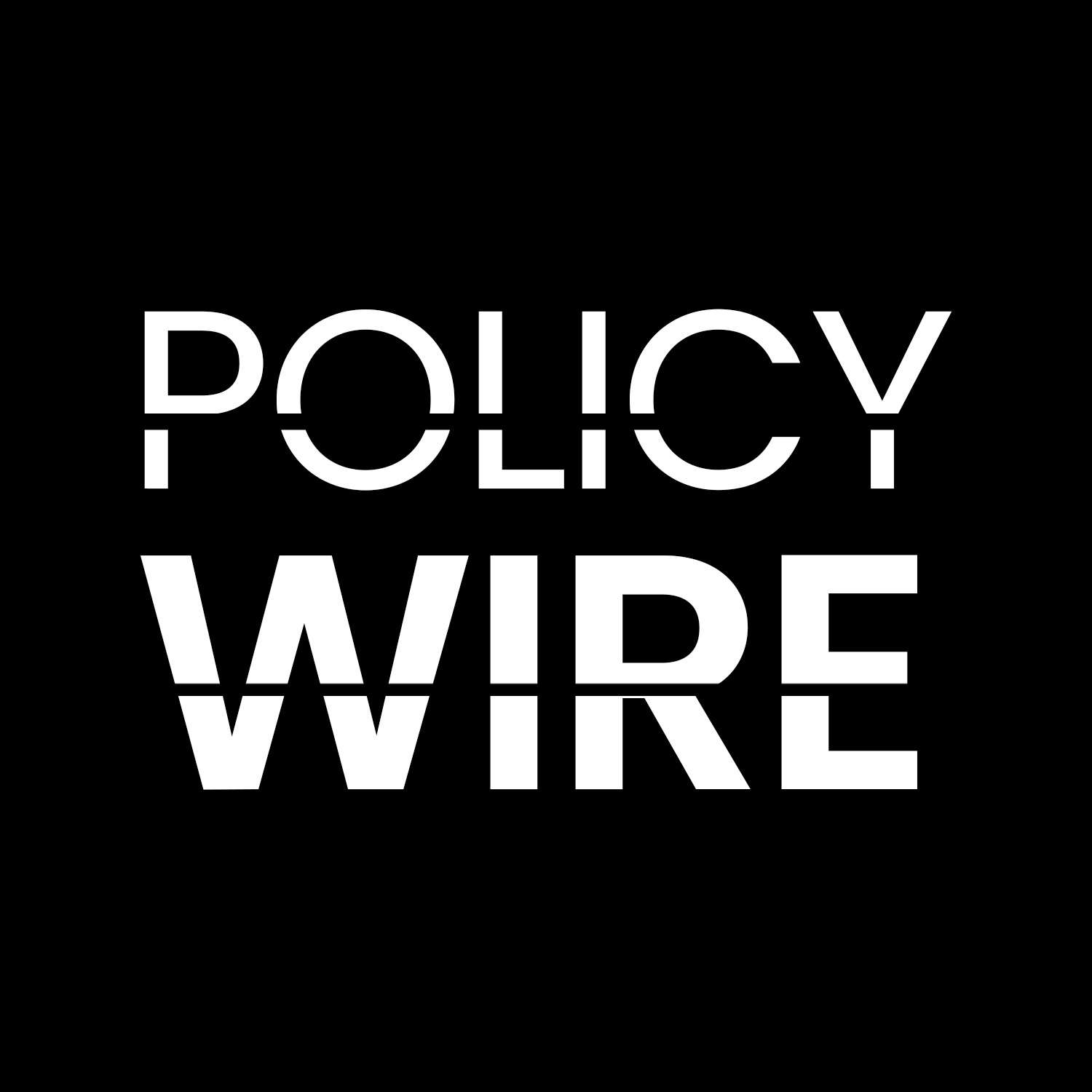
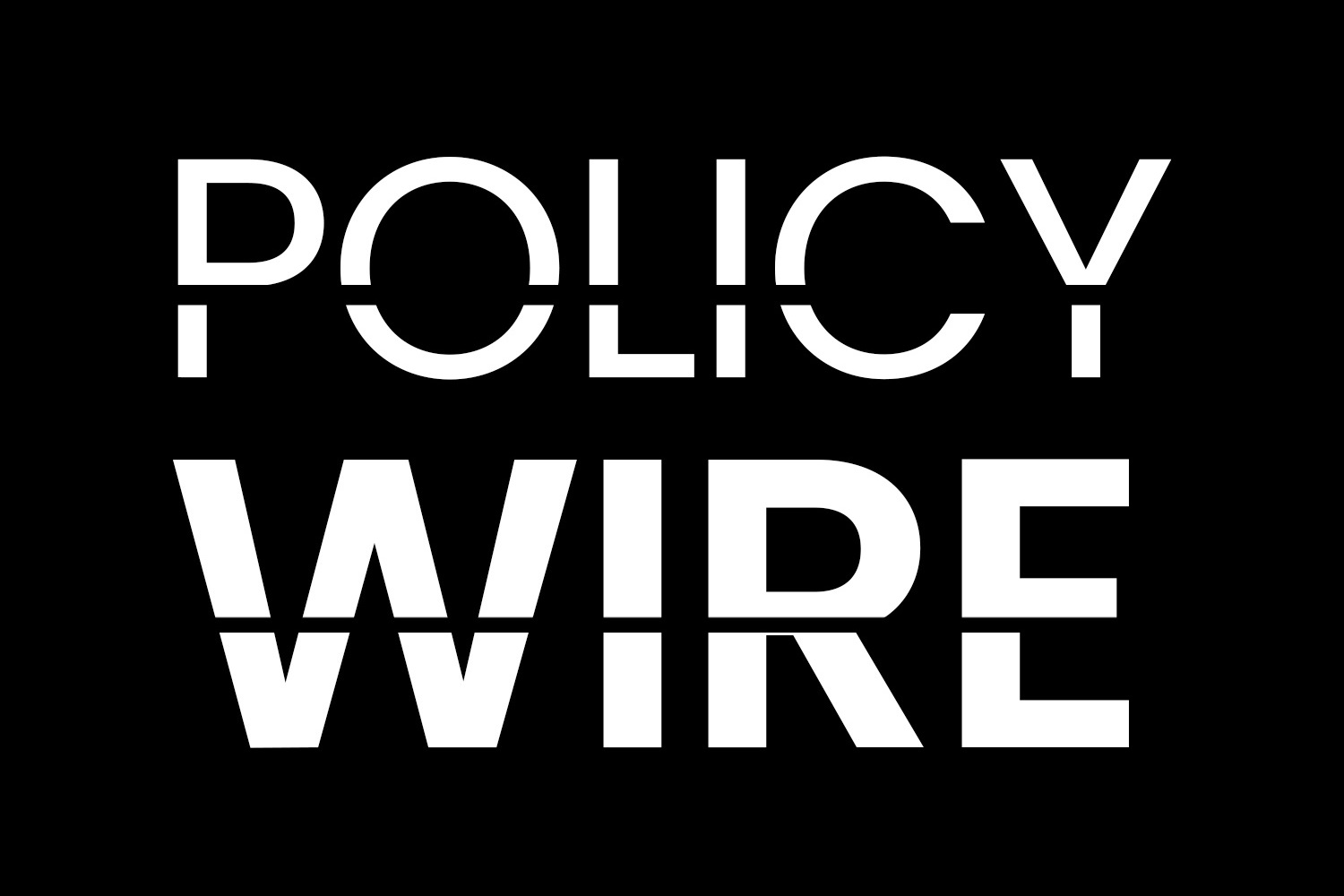

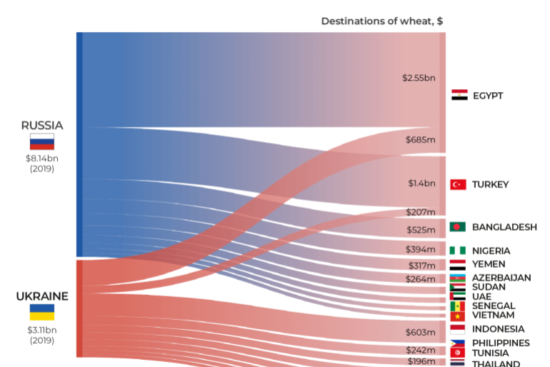

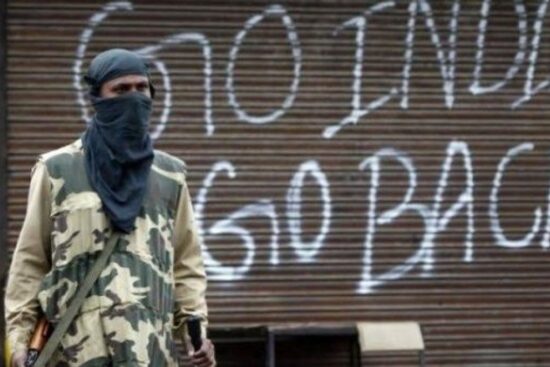
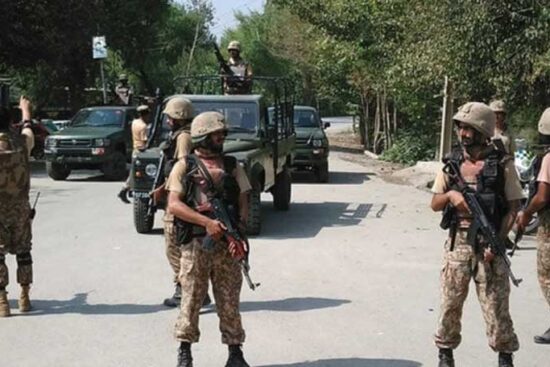
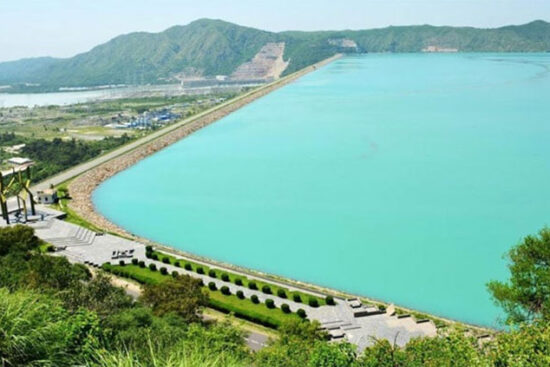
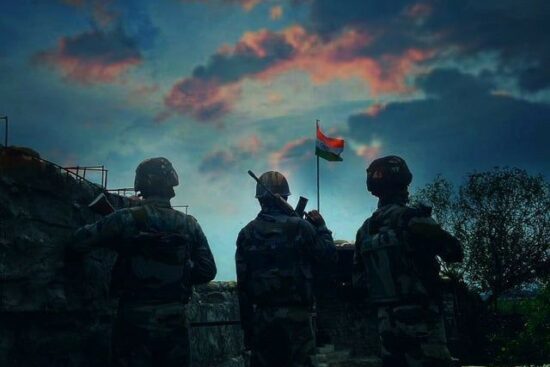








Leave a Reply